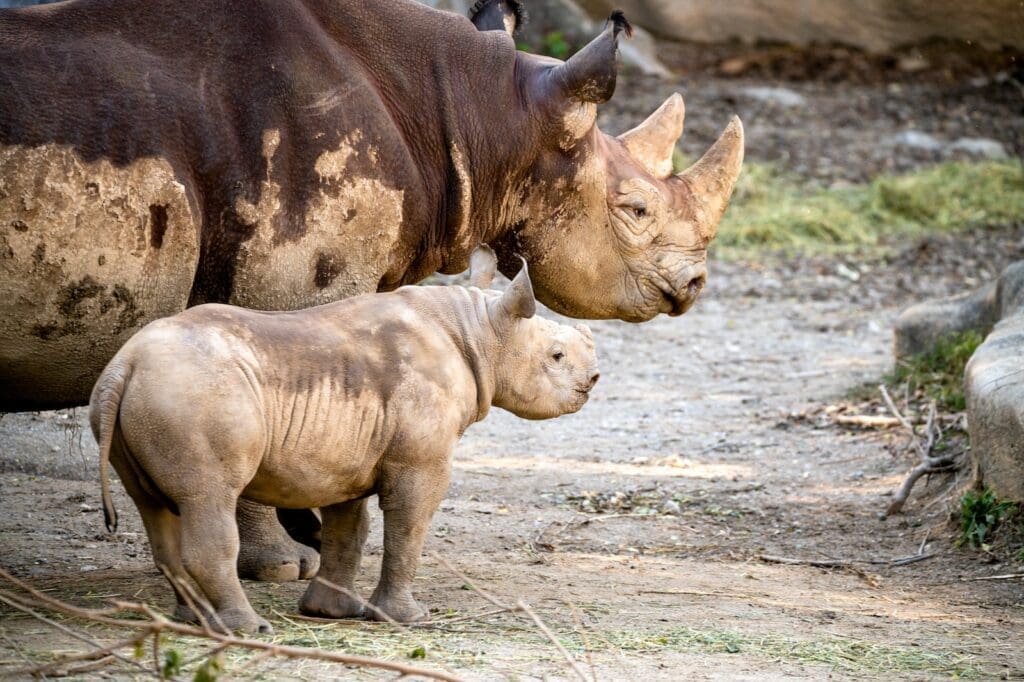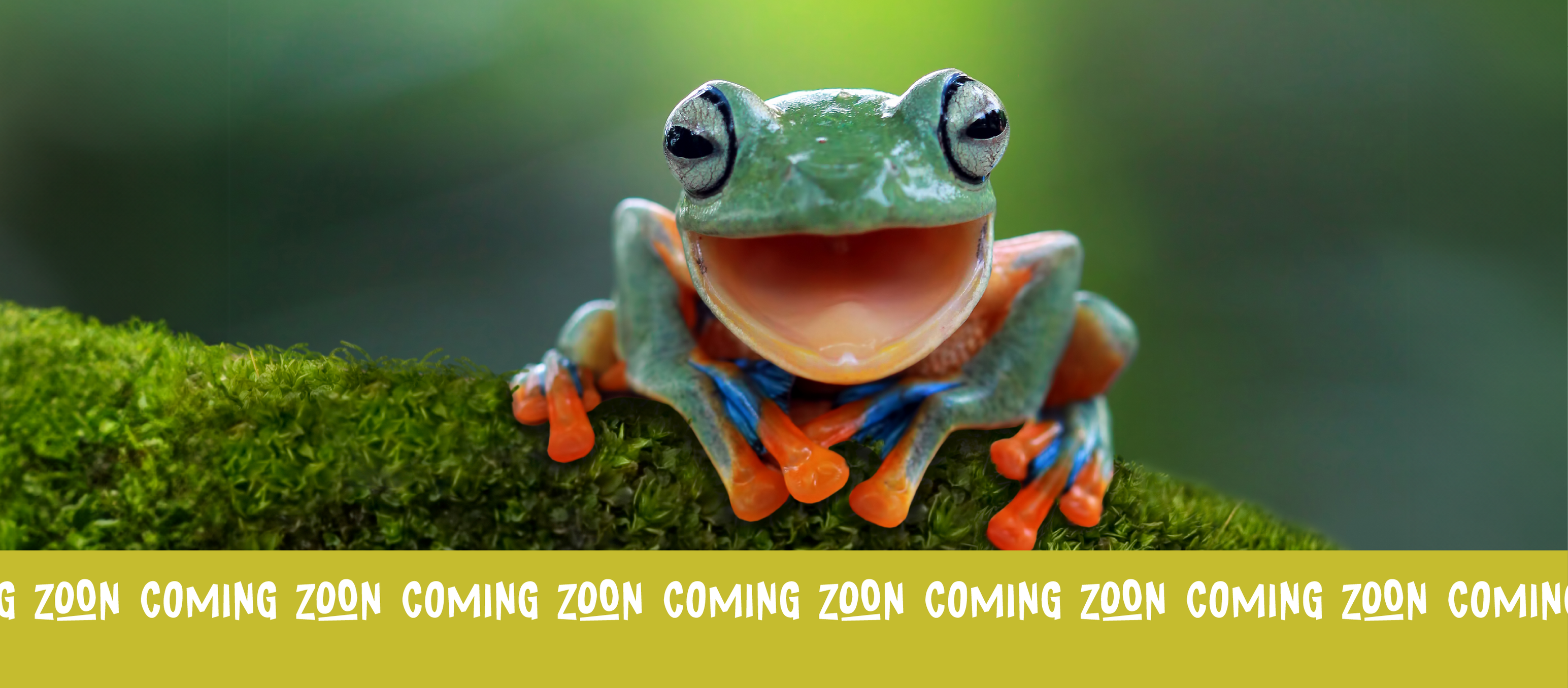
Turning Animal Byproducts into Renewable Energy
The quest for sustainable energy sources has led to innovative solutions, one of which includes the harnessing of biogas from zoo animal waste. This method not only provides a renewable energy source but also presents an opportunity for zoos to manage waste more efficiently. Animal waste, rich in organic material, is a potent substrate for anaerobic digestion, a process which breaks down this waste in the absence of oxygen, producing methane-rich biogas that can be used for heating, electricity, or as a fuel.
As concerns about environmental sustainability grow, the potential of biogas as a form of sustainable energy gains traction. With the right technology, zoos can convert their animal waste into biogas, thereby reducing reliance on fossil fuels and lowering greenhouse gas emissions. Implementing such strategies aligns with global sustainable practices and energy policies focused on reducing the carbon footprint of energy production.
Advancements in anaerobic digestion technology not only make this process more efficient but also open doors to converting other organic waste streams, such as food waste, into energy. This approach can extend beyond zoos, providing valuable lessons on waste management and sustainable energy for broader applications, including urban waste management and agricultural practices.
Fundamentals of Biogas
Biogas is commonly produced from the anaerobic digestion of organic waste by bacteria, resulting in a mixture primarily composed of methane (CH4) and carbon dioxide (CO2). This process occurs in the absence of oxygen, allowing microorganisms to break down organic matter and release biogas, which can be used for energy production.
The typical constituents of biogas are:
- Methane (CH4): 50-75%
- Carbon dioxide (CO2): 25-50%
- Other gases: 1-5% (such as nitrogen, hydrogen sulfide, and traces of oxygen)
Here is a simplified breakdown of the anaerobic digestion process:
- Input: Organic waste is collected and prepared for digestion. This includes agricultural waste, manure, municipal waste, plant material, and more.
- Breakdown: Bacteria digest the organic material in an oxygen-free environment.
- Biogas Production: Gases are emitted from the breakdown process, predominantly methane and carbon dioxide.
- Utilization: Captured biogas can be transformed into heat, electricity, or both.
Given its production from renewable sources, biogas represents a significant stride towards sustainability. By converting waste that would otherwise contribute to pollution into a valuable energy resource, it offsets the use of fossil fuels and reduces greenhouse gas emissions. Biogas systems can range from small household units to large commercial plants, providing scalable solutions for renewable energy generation.
Moreover, biogas is not only about producing energy; the by-product of the digestion process, often referred to as digestate, is a nutrient-rich fertilizer that contributes to the sustainability cycle, enhancing soil and completing an eco-friendly loop.
Biogas Production and Technology
Biogas technology leverages the decomposition of organic material without oxygen, converting waste into a versatile energy source. This renewable energy can be utilized for electricity, heat, and as a cleaner vehicle fuel, demonstrating the multifaceted utility of biogas systems.
Anaerobic Digesters
Anaerobic digesters are the core technology in biogas production, creating an oxygen-free environment where microorganisms break down organic waste, such as animal manure or food scraps, to produce biogas. The resultant biogas is primarily a mix of methane (CH4) and carbon dioxide (CO2), with methane being the valuable component used for energy generation. Optimizing these systems involves regulating temperature, retention time, and feedstock composition for maximum efficiency.
Biogas Plants
A biogas plant encompasses the complete system required to process organic waste into biogas and digestate, the latter being the nutrient-rich substance resulting from anaerobic digestion. These plants vary in size from small-scale household setups to industrial-scale facilities. Each plant typically includes a reception area for waste, digesters, storage for the resulting biogas, and processing areas for the digestate which can be used as a biofertilizer. Larger facilities might be integrated with biogas upgrading technologies to enhance the purity of the produced biomethane.
Upgrading and Utilization of Biogas
Upgrading biogas to biomethane involves refining the gas to remove impurities and achieve higher methane content, rendering it similar to natural gas. Once upgraded, biomethane can be injected into the natural gas grid or used as renewable natural gas for vehicle fuel, reducing dependence on fossil fuels. Utilizing biogas as a direct source of energy can be done through combined heat and power (CHP) units, which simultaneously produce heat and electricity and boast high levels of efficiency.
Zoo Waste Management
Zoo waste management encompasses strategies for handling animal manure and leveraging this by-product in zoo biogas projects to create renewable energy.
Managing Animal Manure
Animal manure is a significant by-product of zoos and requires diligent handling to minimize methane emissions and environmental impact. At the Toronto Zoo, for instance, animal waste is converted into compost and digested to produce biogas. This process involves collecting the manure, separating solids from liquids, and treating the organic materials to stabilize the waste.
Methods of handling manure:
- Collection: Manure is regularly gathered from animal enclosures.
- Transportation: It is then transported to a treatment facility.
- Treatment: Here, manure undergoes anaerobic digestion where microorganisms break down the waste in the absence of oxygen.
Zoo Biogas Projects
Zoo biogas projects aim to transform waste into a renewable source of energy, thus providing a dual benefit of waste reduction and energy production. Zoos utilize anaerobic digesters to process the waste material and produce biogas, which mainly contains methane, a potent energy source. After the digestion process, the remaining substance, known as digestate, can be used as a nutrient-rich fertilizer, completing the waste to energy cycle.
Key elements of a biogas project:
- Anaerobic Digester: A system that processes animal waste and organic materials.
- Biogas Collection: Capturing the gas produced during digestion.
- Energy Utilization: Using the biogas to generate heat or electricity.
- Waste-to-Energy Efficiency: Turning a cost center into a sustainable energy source for the zoo’s operations.
Environmental Impact and Regulations
The conversion of zoo waste to biogas significantly impacts greenhouse gas mitigation, while the legal framework and incentives play a crucial role in regulating and promoting its adoption.
Greenhouse Gas Mitigation
The utilization of biogas technology in the treatment of zoo waste contributes to the reduction of greenhouse gas emissions by capturing methane that would otherwise be released into the atmosphere. Methane is a potent greenhouse gas, with a global warming potential approximately 28 times that of CO2 over a 100-year period. According to EESI, the United States produces a large amount of organic waste annually, representing a substantial opportunity for methane capture and conversion. This aligns with the goals of the Paris Agreement to mitigate climate change by reducing global warming.
- Reduction of CO2: Converting zoo waste to biogas reduces reliance on fossil fuels, thereby decreasing CO2 emissions.
- Utilization of Methane: Instead of releasing methane into the atmosphere, biogas systems trap and repurpose it as a renewable energy source, offsetting methane emissions.
Legal Framework and Incentives
Regulatory agencies like the U.S. Environmental Protection Agency (EPA) develop policies and guidelines that govern sustainable biogas production. For instance, the Learning About Biogas Recovery initiative showcases regulations that support the capture of biogas from animal waste, emphasizing the environmental benefits and renewable energy potential. Financial and policy incentives, such as grants and tax credits, are in place to encourage the development of biogas projects, as these projects directly contribute to the reduction of greenhouse gases and advance sustainable energy solutions.
- EPA Regulations: Guidelines for biogas production ensure that operations meet environmental standards and contribute to the reduction of greenhouse gas emissions.
- Financial Incentives: Funding from federal and state sources is available to support the growth of biogas facilities, incentivizing the industry’s expansion.
Challenges and Future Prospects
Biogas production from zoo waste represents a sustainable pathway to energy production, providing a solution to waste management challenges and contributing to the pool of renewable energy. However, the path to realizing its full potential includes several barriers.
Firstly, the technology required to convert waste to energy is complex. Investment in research and development is critical to improve the efficiency of methane production. These advancements hinge on funding, which is often limited due to competing interests in the energy sector. Additionally, the initial capital costs and the need for skilled labor represent significant hurdles.
Despite these challenges, the prospects for biogas are promising. The drive for sustainable energy solutions places biogas technology in a favorable position:
- Investment & Funding: Financial commitment from both public and private sectors is growing, recognizing the long-term gains of biogas systems.
- Technology: Innovations are making biogas production more efficient and adaptable to various scales of operation.
- Sustainable Energy: There is an increasing push towards reducing reliance on fossil fuels, and biogas offers a viable alternative.
- Waste Management: Turning zoo waste into energy aligns with global ambitions for improved sustainability and waste reduction practices.
- Energy Needs: As global energy needs rise, biogas could become a key player in the energy mix, especially in regions with abundant organic waste.
Ultimately, the success of biogas from zoo waste hinges on overcoming economic and technical barriers, but its role in a sustainable future appears increasingly significant.






